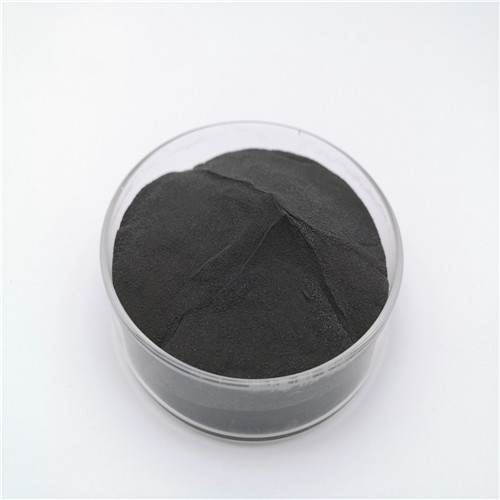Copper oxide CuO is a standard copper oxide with a wide range of applications. It is a semiconductor material that can manufacture electronic devices and batteries. In addition, copper oxide is also used to manufacture catalysts, pigments, and other special oxides. Therefore, understanding copper oxide's production process and technology is crucial for meeting the market demand in these application areas.
Production process
There are two main production methods for copper oxide: direct oxidation, which prepares copper oxide by directly oxidizing copper ore or copper metal, and indirect oxidation, which prepares copper oxide by reducing copper-containing compounds.

Direct oxidation method
Direct oxidation is one of the most commonly used methods for producing copper oxide. This process mainly includes steps such as crushing, screening, grinding, leaching, and oxidation:
The copper ore is crushed into particles of appropriate size and then screened and ground to remove impurities and improve the purity of copper.
Copper is dissolved from the ore through a chemical leaching process to form copper ions.
Copper ions are oxidized to copper oxide through oxidants such as air or oxygen.
The advantages of the direct oxidation method are a mature process, simple operation, and low cost. However, the direct oxidation method also has some drawbacks, such as low ore grade, high energy consumption, and severe environmental pollution. Therefore, the production process needs to take corresponding measures to reduce energy consumption and environmental pollution.
Indirect oxidation method
The indirect oxidation method is a method of preparing copper oxide by reducing copper-containing compounds. This process mainly includes steps such as dissolution, pH adjustment, reduction, and oxidation:
Dissolve the copper-containing compound in an appropriate solvent to form copper ions.
By adjusting the pH value, copper ions precipitate into copper hydroxide.
Copper hydroxide is reduced to metallic copper using reducing agents such as formaldehyde or acetylene.
The metal copper is oxidized to copper oxide through an oxidant.
The advantage of the indirect oxidation method is that high-purity copper oxide can be obtained by controlling reaction conditions. In addition, the indirect oxidation method can also treat copper-containing waste and achieve resource recovery and utilization. However, the indirect oxidation method also has some drawbacks, such as the high cost of using many organic solvents and reducing agents in production.
Production technology
Boiling furnace roasting technology
Boiling furnace roasting technology is a commonly used method for producing copper oxide. This technology involves adding copper ore to a boiling furnace and reacting with oxygen at high temperatures to produce copper oxide. The advantages of fluidized bed furnace roasting technology are high energy utilization, large production capacity, and good product quality. However, boiling furnace roasting technology has drawbacks, such as high equipment investment, high maintenance costs, and significant environmental pollution.
Spray drying technology
Spray drying technology is a method to transform copper-containing solutions into copper oxide powder through spray drying equipment. The advantage of this technology is that it can complete the drying process in a short time, with high product purity and uniform particle size. In addition, the spray drying technology can also be used to treat copper-containing waste materials and realize the recycling of resources. However, spray drying technology has shortcomings, such as significant equipment investment, high operating costs, and greater environmental pollution.
Chemical vapor deposition technology
Chemical vapor deposition technology converts copper-containing gases into copper oxide through chemical reactions at high temperatures. The advantages of this technology are the ability to obtain high-purity copper oxide, controllable particle size, and environmentally friendly production. However, chemical vapor deposition technology has drawbacks, such as high equipment investment, operating costs, and low production efficiency.
About RBOSCHCO
RBOSCHCO is a trusted global chemical material supplier & manufacturer with over 12 years experience in providing super high-quality chemicals and Nanomaterials. The company export to many countries, such as USA, Canada, Europe, UAE, South Africa, Tanzania,Kenya,Egypt,Nigeria,Cameroon,Uganda,Turkey,Mexico,Azerbaijan,Belgium,Cyprus,Czech Republic, Brazil, Chile, Argentina, Dubai, Japan, Korea, Vietnam, Thailand, Malaysia, Indonesia, Australia,Germany, France, Italy, Portugal etc. As a leading nanotechnology development manufacturer, RBOSCHCO dominates the market. Our professional work team provides perfect solutions to help improve the efficiency of various industries, create value, and easily cope with various challenges. If you are looking for CuO powder, please send an email to: sales2@nanotrun.com




